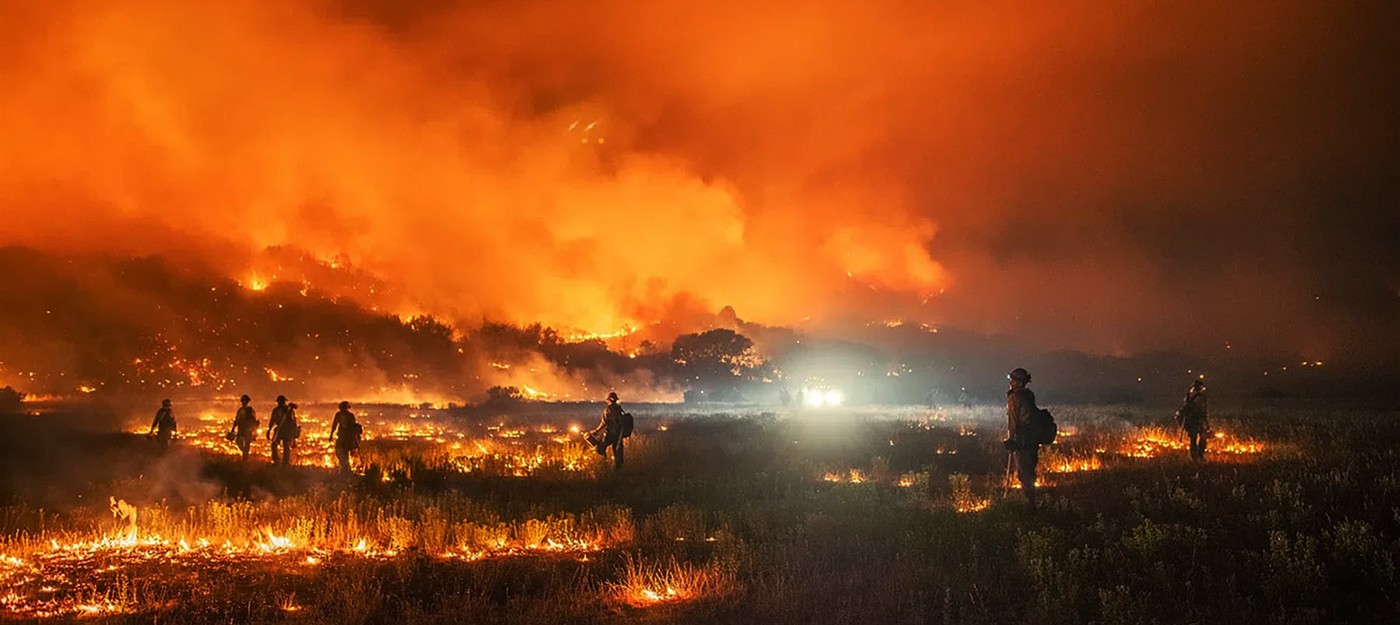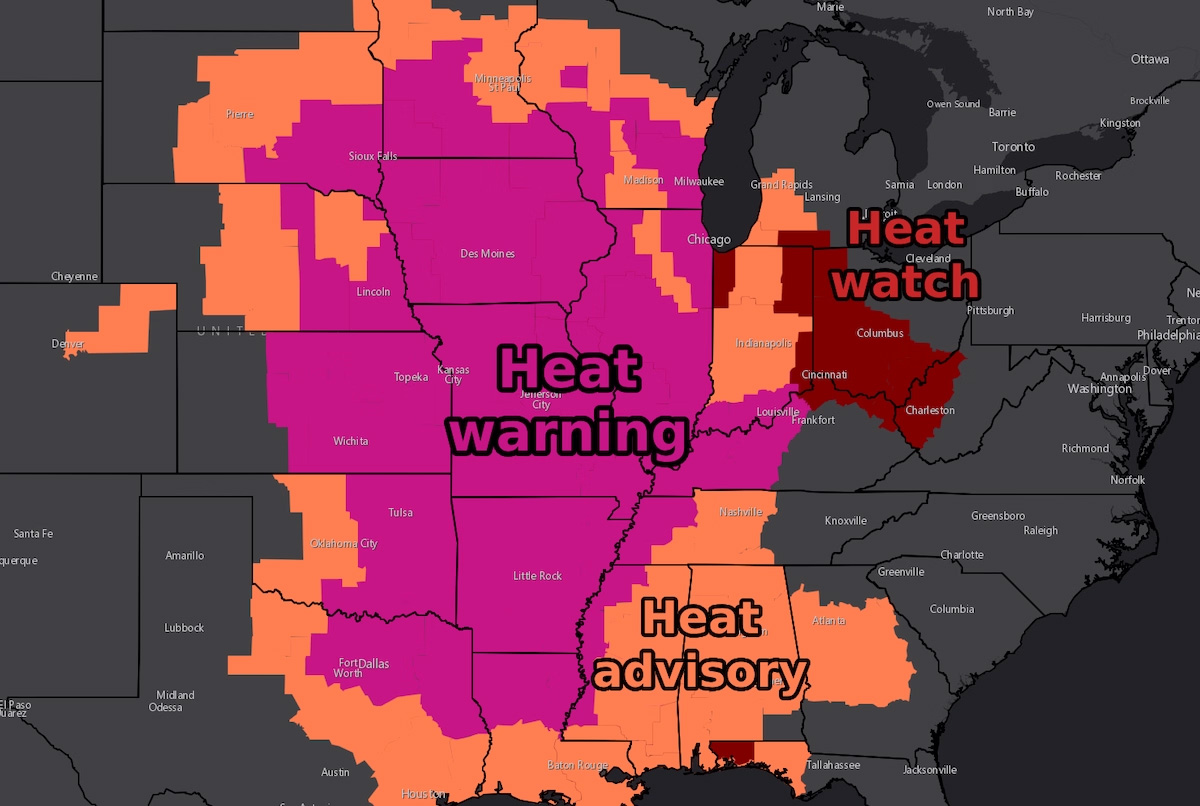The summer the US faced climate events once seen only in fiction

This summer, the U.S. experienced unprecedented heat, with incidents like people in Arizona suffering third-degree burns from mere contact with scorching pavements. Maricopa County's burn center was overwhelmed. The Midwest faced a severe heatwave, pushing the heat index in parts of Kansas beyond 130 degrees Fahrenheit. This led to a surge in emergency room visits. Meanwhile, Florida's oceanic temperatures rose alarmingly, causing significant coral reef deaths.

While summers have always had their share of calamities, this year felt different. Maui experienced a sudden drought, turning invasive grasses into fire fuel. This set the stage for a devastating fire that consumed Lahaina, marking it as one of the deadliest fires in U.S. history. Canada wasn't spared either, with over 1,000 fires burning across its forests, affecting an area seven times the usual annual average. The anomalies didn't stop there. Smoke from Canadian wildfires blanketed cities like New York, Washington, D.C., and Chicago. Southern California saw a rare tropical storm, and Louisiana's bayous experienced wildfires.
Such events, which once seemed fit only for dystopian novels, are now our reality. Omar El Akkad's "American War," published six years ago, painted a 2074 America deeply divided by a ban on fossil fuels, with Florida gone and Louisiana half-submerged. The book, once seen as a cautionary tale, now feels eerily prescient. El Akkad himself admitted that the rapid unfolding of events in recent years has been "terrifying."
The line between reality and fiction is blurring. Climate change isn't a gradual process; it's more like a series of jolts, shaking our very foundations. This year, the El Niño weather pattern added to the existing climate change effects, making July the hottest month ever recorded, 1.5 degrees C above the preindustrial average. The events of this summer might just be a glimpse of what the early 2030s could look like.
Kim Stanley Robinson, a renowned science fiction writer, noted that what was once considered futuristic climate fiction is now just realism. Octavia Butler's "Parable of the Sower," written in 1993, described a future California ravaged by drought and fire. Feminist activist Gloria Steinem remarked in 2016 that the most terrifying dystopian novels are those written in the past that are now coming true.
Stephen Markley, author of "The Deluge," had to revise his book when a 2021 heatwave in the Pacific Northwest surpassed what he had imagined for the future. He now believes his novel's events will keep mirroring reality.
The summer of 2023 might be the year climate change became a personal issue for many Americans. By summer's end, almost every part of the U.S. had experienced extreme weather. Globally, 98% of the population faced temperatures linked to climate change.
In fiction, such events often lead to significant responses. Robinson's "The Ministry for the Future" starts with a devastating heatwave in India, leading to political upheavals and a focus on tackling climate change. The real world, however, is more complex. While awareness is growing, translating it into policy change is challenging. Yet, there's hope. The Inflation Reduction Act, signed by President Joe Biden, is set to significantly reduce emissions by 2030.
As we grapple with the gravity of a warming planet, some authors question the longevity of "climate fiction" as a genre. Jeff VanderMeer believes the term might soon be redundant since climate change will be the backdrop of all narratives, fiction or otherwise. El Akkad echoes this sentiment, emphasizing the importance of recognizing the broader context in which stories unfold.